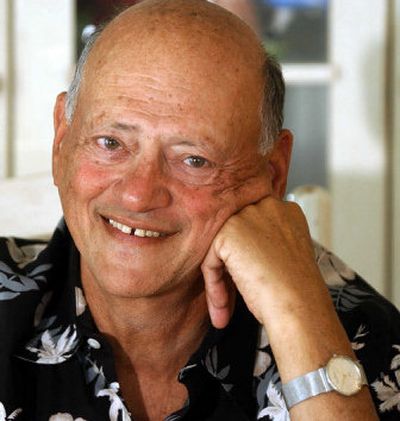Poker’s soaring popularity has high stakes for teens

NEW YORK – Kevin figures about half the male students at his suburban high school are regular poker players. It’s the latest teen rite of passage: Texas Hold ‘Em with the boys, a little low-budget action on the weekend.
He started playing at age 15.
By the end of his senior year, the now 17-year-old was hunting bigger games. He frequented illegal poker clubs on Long Island, where your birthdate took a back seat to your bankroll. He dropped $2,000 betting during a family vacation in the Caribbean. When his job managing an ice cream shop conflicted with poker nights, he quit.
As his losses inevitably swelled, Kevin – without hesitation or remorse – started looting a $30,000 college fund set up by his parents. “I didn’t care if I won or lost,” said Kevin, who went through $7,000 in three months. “I just wanted to gamble.”
He wasn’t alone. This summer, while school was out, a growing number of America’s teens were going all in as the nation’s poker craze mesmerized a group that grew both larger and younger.
Experts fear the obsession is putting America’s youth at its highest risk ever for compulsive betting – and worry that assistance programs are lagging.
“I get calls from parents and kids, some as young as 14, every day,” said Arnie Wexler, a counselor and former head of the New Jersey Council on Compulsive Gambling. “This thing has exploded. I’ve never seen anything explode like this has in the last year.”
Poker, particularly the incredibly popular Texas Hold ‘Em version played in the $56 million World Series of Poker, stands alongside hip-hop and video games as a pillar of America’s youth culture.
A national survey showed a huge increase in card-playing among males ages 14 to 22, with the number of youths reporting they gambled in card games at least once a week jumping from 6.2 percent in 2003 to 11.4 percent last year – an increase of 84 percent. The vast majority of poker players are males.
There are no definitive statistics on the number of teenagers battling compulsive gambling problems nationwide. But Ed Looney, who followed Wexler as head of the New Jersey council, cites the 80-15-5 rule.
“Eighty percent of the kids who gamble, there will be no impact on their lives,” Looney said. “Fifteen percent will have some problem. And 5 percent will become addicted.”
Many teens pick up the game from television, with its endless permutations of professional gamblers and celebrity wannabes, with its explanations of intricacies of the seven-card game. But there’s more than television at work. Online gambling is just a mouse click away, 24 hours every day, 365 days a year. A Google search of “play” and “Texas Hold ‘Em” turned up more than 2 million results.
When Denis M. walks into a Gamblers Anonymous meeting these days, the 15-year veteran of the self-help group can’t help but notice the changing crowd.
“Particularly over the last five, six years, it’s getting younger and younger,” said the 50-year-old New Jersey resident. “We’ve seen more teens than ever before.”
Many parents, while concerned about drugs, alcohol and sexual activity, view poker games as benign – and typically, they’re right. But experts warn parents to watch out for specific signs: sudden windfalls of cash, unexplained financial losses, a general preoccupation with betting.